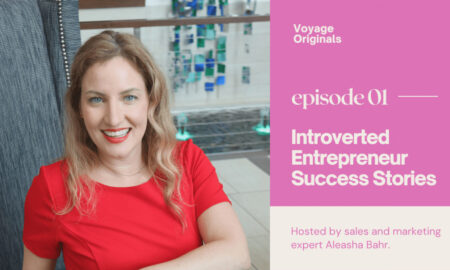

We recently had the chance to connect with Tryst Red and have shared our conversation below.
Hi Tryst, thank you so much for taking time out of your busy day to share your story, experiences and insights with our readers. Let’s jump right in with an interesting one: What is a normal day like for you right now?
My typical day can often feel hectic as I’m juggling multiple part-time jobs. I’m an Adjunct Professor, teaching photography courses at two different universities, and a Studio Manager at another institution, where I organize the department facilities and schedule. I also freelance and create for my own art practice wherever I can. Each day, I start with curriculum planning and emails, then head to my first class, followed by my studio gig.
Honestly, the Reminders app on my phone is what keeps me sane. Because I’m constantly on the move, I rely heavily on conversations with Siri to keep track of everything. In a single day, I often drive close to 100 miles between work locations, art dropoffs/pickups, and home.
Even with all the chaos, I try to give myself at least 30 quiet minutes each morning, just time to sit, drink my coffee, hang out with my bird, and sometimes stare out the window, let my mind go blank before diving into the day.
Can you briefly introduce yourself and share what makes you or your brand unique?
I’m Tryst Red, an artist and educator living and working in Metro Detroit. Currently, I’m immersed in a new series of photographic works and installations that merge natural imagery, video projection, fabrication, and hand embroidery. The series is still evolving, and I’m not entirely sure what it’s about yet, but I have a loose sense of where it’s going.
I’ve been calling it “Daydreamer.” At its core, I am exploring our longing for things that may be intangible or unreachable, and the ways we fabricate substitutes when the real thing isn’t available. I am really interested in this created fiction, not only the fantasy we make, but the fantasy that lives in our minds about places we have visited and things we have seen. There are also threads in the work about the rise of AI, the uncanny, and most importantly, about my relationship with natural spaces. The more I create, the broader the themes seem to grow.
Amazing, so let’s take a moment to go back in time. Who were you before the world told you who you had to be?
Before the world told me who I had to be, I was a dreamer, and I’d like to think I still am. That sense of wonder and imagination is partly what influences my work.
I remember being this wildly naive, deeply curious child. I believed in everything. That early ambition is definitely part of what propelled me to become the person I am today.
What I admire most about my younger self, and what I try to protect, is my belief in the magic of things. Not necessarily in the fantasy sense (though I was raised on folklore and fiction), but in the awe of the everyday. I want to be wowed by everything. I still cry when I see mountains. I am elated when I find critters in the woods. And I daydream constantly. That part of me hasn’t gone away.
Was there ever a time you almost gave up?
Yes. Very recently, actually, at an outdoor event where I was installing a large-scale projection piece.
I had created three sculptures, which I call “portals”, for this installation project. My husband and I had spent months constructing them from steel, aluminum, wood, mirror, and fabric. They were designed to be freestanding and are activated by video projection. I had shown one indoors a few times before, but this was my first time presenting these works outside. The event was a one-night-only affair, with setup and takedown happening the same day. I had funding, an incredibly organized checklist, and the help of my brother for the morning of the install. I left feeling prepared and excited, but everything that could go wrong felt like it had later that day.
It rained for the first time in eight years at this event. Heavy winds and flash flooding tore down one of the portals, which crashed into another. I was devastated. My husband and I had spent the last three months building two of these portals, just to watch them collapse ontop of one another and one break in an instant. The steel used to create the frame of the portal had ripped out from its wooden base, breaking the base and supports as it went. The fabric on all three portals was soaked and dirty, the wooden bases dampened, and the mirrors were warping from being waterlogged.
At that moment, I wanted to pack everything up and leave. I was drenched, overwhelmed, and wanted to go home to repair the damaged portals that we would be installing the following day for another large event. I wanted to break down and cry, but I stayed.
I reminded myself of the commitment I made to the people who supported me: my husband, my sponsors, and the event organizers. I’m not someone who gives up easily, but this was one of the closest calls. When the rain stopped, we salvaged what we could and made it work. It wasn’t what I had envisioned, but it was there, and people still experienced the work. I am glad I stayed.
I was held up that day by an incredible support team. My husband kept me grounded. The organizers showed up for me. It reminded me that even in moments of collapse, a good community will keep you going.
I think our readers would appreciate hearing more about your values and what you think matters in life and career, etc. So our next question is along those lines. Is the public version of you the real you?
I don’t believe the public version of anyone is entirely “real.” Whether it’s intentional or subconscious, we all present versions of ourselves shaped by society and our insecurities. We wear masks, some subtle, others more pronounced.
I’m highly aware of the image I project. I spend a lot of time thinking about my outward appearance, the way I dress, and how I carry myself. I do not think of it as vanity, but a form of self-protection. My wardrobe, for example, is more than just my style choice; it’s my armor. I’ve always put thought into what I wear, not just to express myself, but to shield myself from my insecurities. When I walk out the door, my outfit becomes a kind of buffer between me and everything else.
Despite being outgoing and extroverted, I struggle with anxiety and imposter syndrome like many others. There are moments when I feel deeply exposed, the amour and care I put into my appearance distracts those around me from getting to the squishy, vulnerable parts of my being. Dressing well and being conscious of my exterior helps me feel grounded. As the saying goes, “When you look good, you feel good.” For me, it’s a small but powerful way of creating confidence in uncertain situations. The “frumpier” I look, the more comfortable I probably feel in those spaces or situations.
So no, I wouldn’t say the public version of me, or of anyone, is completely real. It’s curated, filtered, we posture, but that doesn’t make it fake. We craft ourselves to navigate the world around us.
Thank you so much for all of your openness so far. Maybe we can close with a future oriented question. When do you feel most at peace?
This question has been particularly vivid in my mind, especially as I’ve been creating work for Daydreamer. In a world where we are constantly overstimulated, bombarded by information from all directions, it’s no wonder that peace often feels like a distant luxury. The sheer volume of data we process daily, often without even realizing it, leaves our minds scattered and fatigued. I know this feeling intimately. It’s not just a desire but a deep, pressing need for stillness, specifically, the kind I find in natural spaces.
There is something undeniably restorative about being in nature. When I step into a natural environment, my mind begins to slow. Pleasant natural surroundings give our brains permission to pause. They don’t demand constant reaction or engagement. Instead, they offer space for gentle observation, reflection, and presence.
In natural settings, our brain’s cognitive hierarchy has an easier time functioning. The constant, low-level stress caused by screens, notifications, and noise begins to fade. Nature allows the mind to recalibrate, to restore itself without effort. In those moments, I feel grounded, I feel calm, that’s when I feel at peace.
But there’s a tension in this. Access to these natural spaces is increasingly threatened. Overcrowding, industrial expansion, climate change, underfunding, and even the rise of massive data centers are placing real strain on the environments that heal us. We need natural spaces just as much as they need our respect and protection. It’s a reciprocal relationship, one that feels especially urgent in our modern, accelerated world. We need to notice and care, to be conscious of our impact on the environments around us.
For me, peace lives in these restorative, beautiful, wild, quiet places.
Contact Info:
- Website: https://www.trystred.com/
- Instagram: @tryst.red
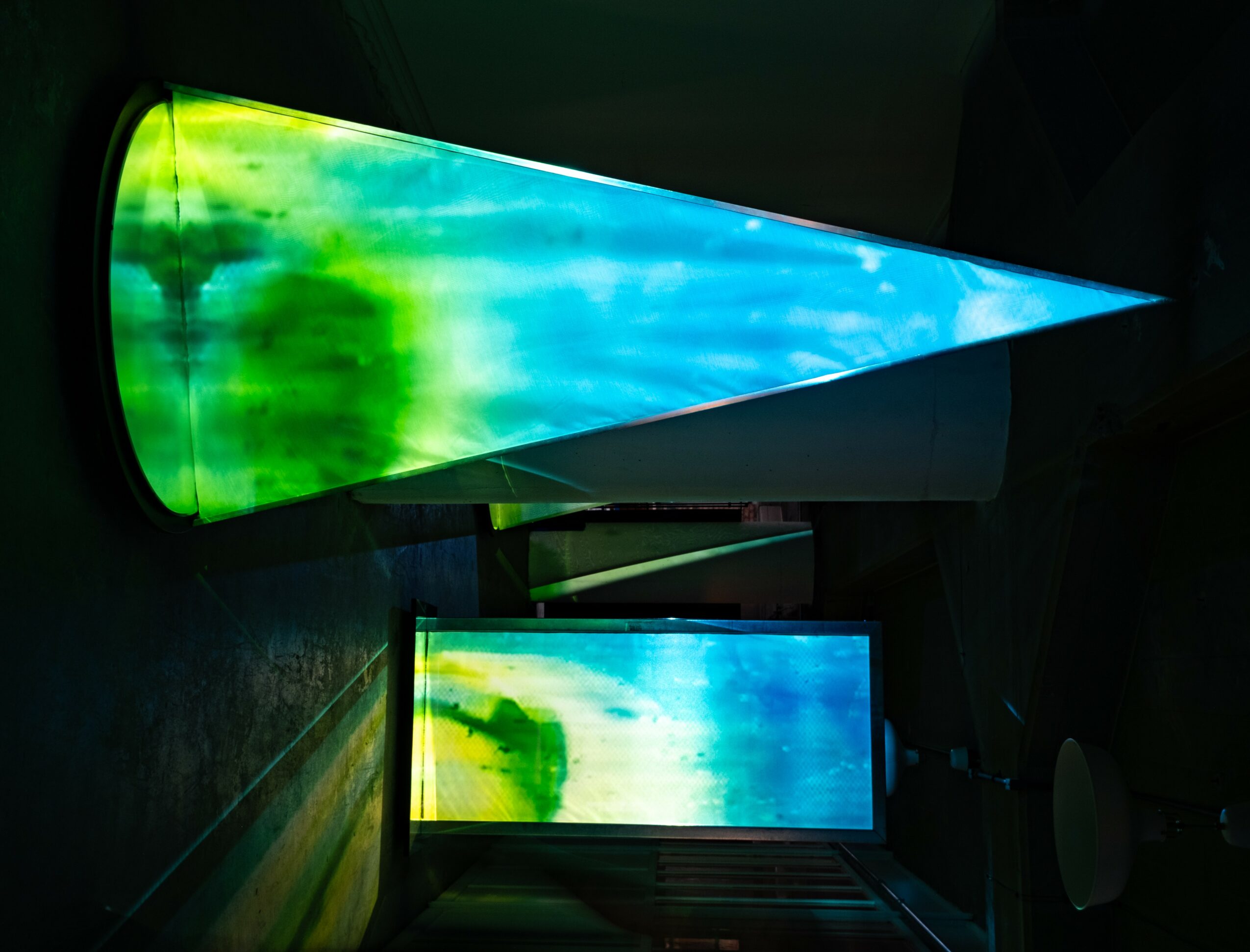
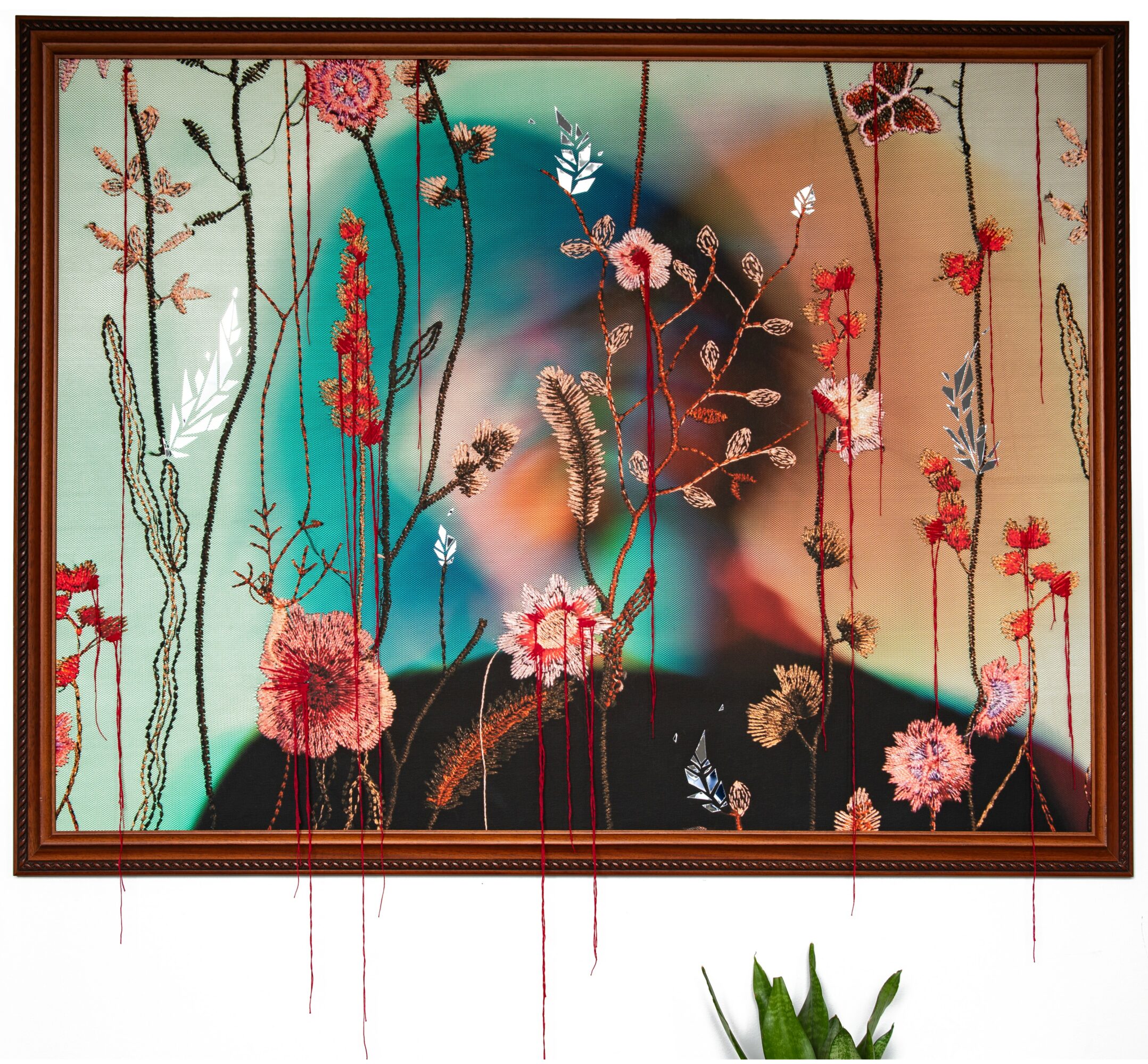
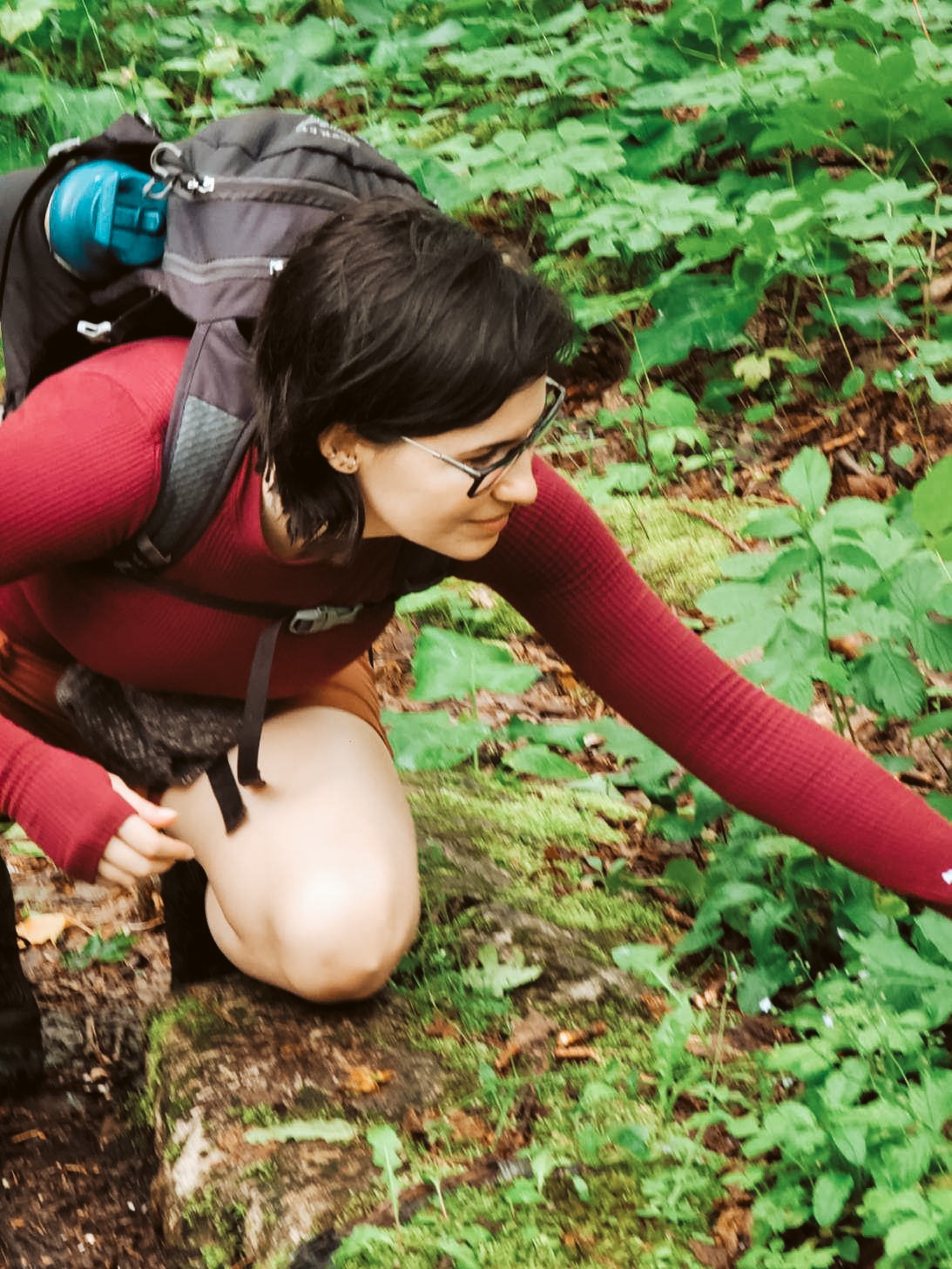
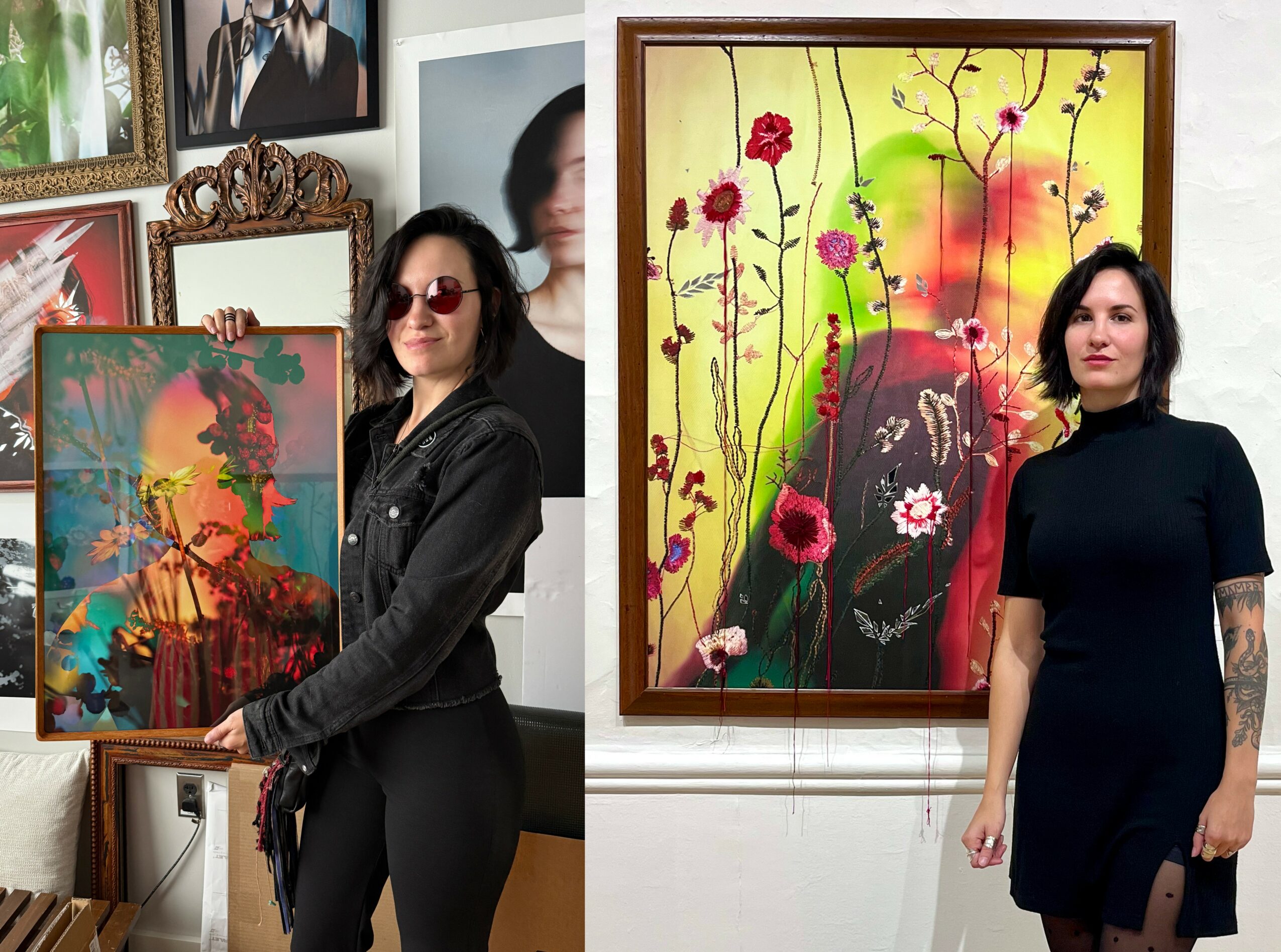
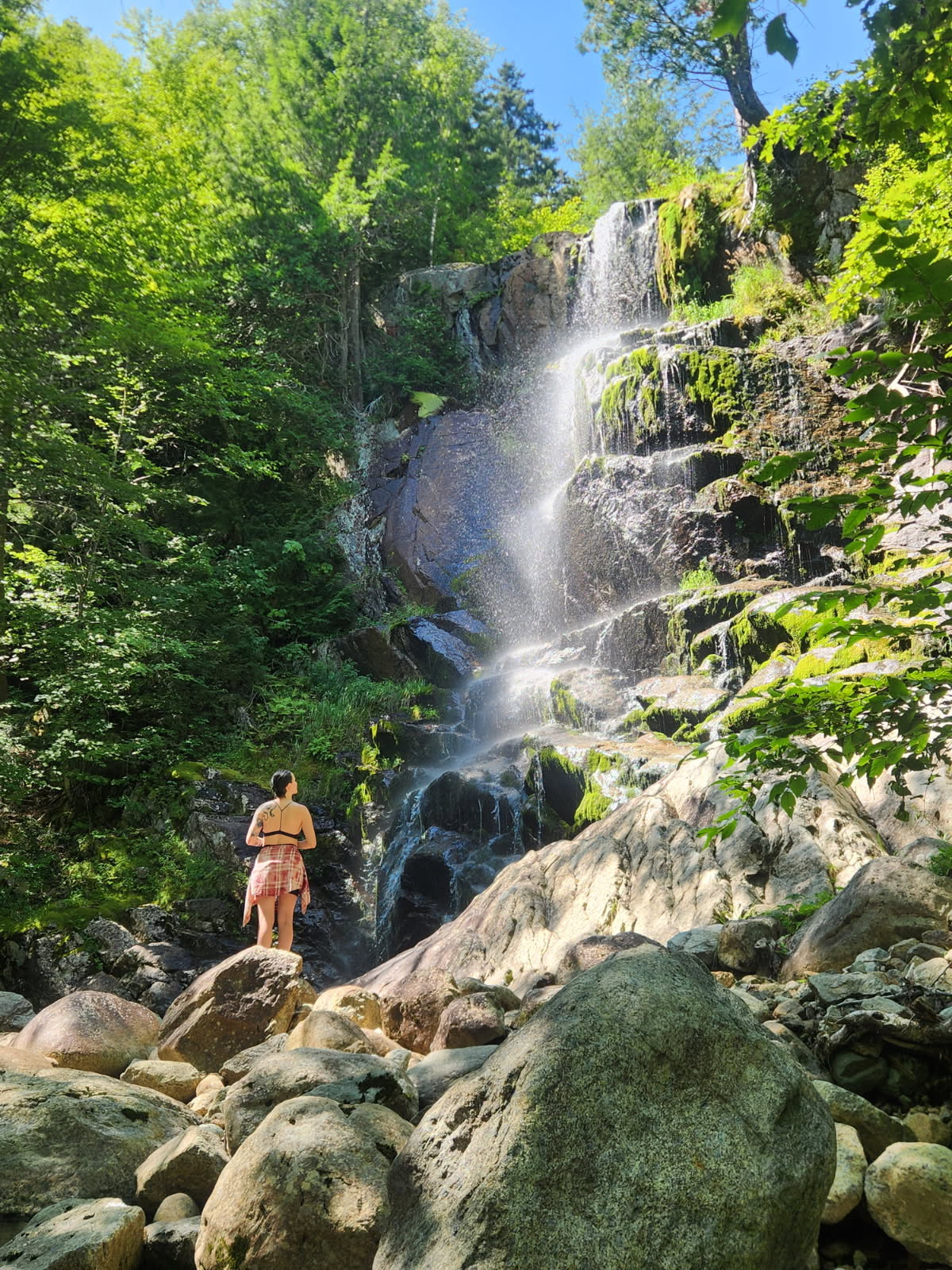
Image Credits
Tryst Red



